Strom und Wärme aus Gülle und Mist: Was früher vom Stall via Güllengrube direkt aufs Feld kam, verarbeitet der Schwyzer Landwirt Pirmin Schelbert nun zu Biogas. Daraus produziert er Strom und heizt damit seinen Betrieb und zwei Nachbarhäuser. Weiterlesen
Schlagwortarchiv für: Technologie
Kaufen Schweizer und Schweizerinnen zu wenig Elektroautos? Ein Überblick zum Stand des E-Mobilitätsmarkts in der Schweiz
«Schweizer kaufen zu wenig Elektroautos» oder «E-Mobilitätsziele nicht erreicht – Schweizer Wirtschaft drohen Sanktionen in Millionenhöhe». Diese Schlagzeilen erwecken den Eindruck, dass der E-Anteil bei den Neuwagen eingebrochen wäre. Die Verkaufszahlen des Autohandels zeigen ein anderes Bild. Weiterlesen




 6 Vote(s), Durchschnitt: 4,83
6 Vote(s), Durchschnitt: 4,83Unter unseren Füssen liegt eine Energiequelle, die niemals schläft. Seit Jahrtausenden nutzen Menschen diese Wärme, zuerst für Heilung und Erholung in Thermalbädern und heute zusätzlich zur Erzeugung von Wärme, Kälte und Strom. Doch wie kam die Schweiz von römischen Thermen zu modernen Bohrprojekten?
Was ist Geothermie?
Bei der Geothermie handelt es sich um Energie, die in der Erde in Form von Wärme gespeichert wird. Das Wort Geothermie stammt aus dem Griechischen und bedeutet so viel wie Erdwärme. Um diese Energie nutzen zu können, muss die Wärme aus dem Erdinnern an die Oberfläche geholt werden. Dies wird meistens mit Wasser gemacht, das sich beim Kontakt mit dem heissen Gestein im Untergrund erwärmt. Die Geothermie kann sowohl für die Erzeugung oder Speicherung von Wärme als auch zur Produktion von Strom verwendet werden.
Die Temperatur steigt mit der Tiefe. Die Geothermie wird deshalb in untiefe oder oberflächennahe und tiefe Geothermie unterteilt. Bis rund 400 Metern Tiefe wird von der untiefen Geothermie gesprochen, darunter von der tiefen Geothermie. Zwischen 400 bis 2’000 Metern betragen die Temperaturen im Schnitt zwischen 20 bis 70 Grad Celsius, lokal zum Teil auch mehr. Zuweilen kann das heisse Wasser durch Spalten und Risse im Gestein bis an die Oberfläche steigen, aber meistens muss es mittels Tiefbohrungen erschlossen werden. Wasser aus diesem Tiefenbereich wird hauptsächlich zum Baden in Thermalbädern und zur Wärmebereitstellung gebraucht. Wird noch tiefer gebohrt, so trifft man in der Schweiz ab 4’000 Metern Tiefe Temperaturen über 130 Grad Celsius an. Ab diesen Temperaturen kann die Wärme zur Stromproduktion verwendet werden.
Von den Römern bis zur ersten Glühbirne
Die Verwendung der Geothermie hat eine lange Geschichte, in der Schweiz besonders in Form von Thermalbädern. Die Nutzung von heissem Wasser ist eine weltweite und jahrtausendealte Tradition. Die Römer machten sich bereits die Wärme aus dem Erdinnern in Form von Fussbodenheizungen und Thermalbädern zunutze. Die Thermalbäder wurden im römischen Imperium als Gesundheitszentren und Orte des sozialen Austausches genutzt. Die hohe Bedeutung der Thermen widerspiegelt sich in wichtigen Strassenkarten, wo der Standort von verschiedenen Thermalbädern gekennzeichnet wurde. Im heutigen Baden im Kanton Aargau wurde beispielsweise im zweiten Jahrzehnt nach der Zeitenwende von römischen Legionären ein Thermalbad gebaut. Später wurde Baden zum bedeutendsten Badeort im deutschsprachigen Europa.
Die Idee, aus Erdwärme Strom zu gewinnen, ist hingegen verhältnismässig jung. Im Jahr 1904 leuchteten in Larderello in der Toskana in Italien die ersten fünf Glühbirnen, angetrieben von geothermischer Energie. Eine mit geothermischem Dampf betriebene Turbine wurde mit einem Dynamo verbunden und erzeugte erstmals in der Geschichte Strom mit Energie aus der Erdtiefe. Erst in den 1970er-Jahren, ausgelöst durch die Ölkrise, kam Geothermie zur Energiegewinnung auch in der Schweiz ins Gespräch, damals noch unter dem Namen „Alternativ-Energie“. Um eine systematische Forschung und Entwicklung der Geothermie zu betreiben, wurde am 22. September 1975 die Eidgenössische Fachkommission für Geothermie und unterirdische Wärmespeicherung (KGS) gegründet. Finanziert wurde die Fachkommission vom Bundesamt für Energiewirtschaft (BEW), so hiess das heutige Bundesamt für Energie (BFE) damals.
Das KGS unterstützte die Forschung und Entwicklung der Geothermie in der Schweiz und pflegte den engen Austausch mit der 1974 gegründeten Internationalen Energieagentur (IEA). Am 20. April 1990 wurde die Schweizerische Vereinigung für Geothermie (VGS) gegründet. Der Branchenverband sollte die Öffentlichkeitsarbeit und die Behördenkontakte stärken. Dank diesen Impulsen entwickelte sich in der Schweiz die oberflächennahe Geothermie mit Wärmepumpen seit den 1980er-Jahren stark und diese Entwicklung hält bis heute an.
Die Schweiz als Spitzenreiterin weltweit
Die Schweiz besitzt ein theoretisch grosses Geothermie-Potenzial, das heute hauptsächlich in geringen Tiefen zur Wärmenutzung mittels Erdwärmesonden bereits stark genutzt wird. Die Schweiz hat eine der weltweit höchsten Dichte an Erdwärmesonden, die vor allem für das Heizen von Wohngebäuden verwendet werden. Um eine Erdsondenwärmepumpe in Betrieb zu nehmen, sind meistens Bohrungen in einem Bereich von 150 bis 250 Metern Tiefe nötig. In grösseren Tiefen wird das Geothermie-Potenzial in der Schweiz noch wenig ausgeschöpft. So gibt es in der Schweiz bis heute noch kein Geothermie-Kraftwerk zur Stromproduktion.
Bei der Wärmenutzung aus grosser Tiefe gibt es jedoch erfolgreiche Pionierprojekte: Das Fernwärmenetz in Riehen bei Basel wird beispielsweise seit 1994 mit Wärme aus 1.5 Kilometern Tiefe gespiesen und hatte damit auch europaweit eine Vorreiterrolle. Eines der grössten Hindernisse bei der Entwicklung der Tiefengeothermie ist, dass der tiefe Untergrund in der Schweiz nur sehr schlecht und punktuell bekannt ist, was ein grosses Risiko für entsprechende Projekte bedeutet. Um dieses Risiko zu senken, sind hohe Investitionen in Erkundungsmassnahmen des Untergrunds nötig. Das BFE unterstützt diese Massnahmen mittels Fördergelder substanziell.
Energie, die niemals versiegt
In der Vergangenheit wurden bereits verschiedene Geothermie-Projekte in der Schweiz begonnen, jedoch konnten nicht alle erfolgreich abgeschlossen werden. 2006 in Basel und 2013 in St. Gallen führten Tiefbohrungen für Geothermie-Projekte zu spürbaren Erdbeben, weshalb die Vorhaben gestoppt wurden. Die Tiefbohrung beim Spital Triemli in Zürich 2010 stiess nicht wie erhofft auf heisses Wasser. Die Bohrung musste unter Effizienzeinbussen mit einer tiefen Erdwärmesonde ausgebaut werden. Bei der Erkundung nach Untergrundressourcen – so auch nach geothermischen – ist es aber normal, dass nicht jede Bohrung zum Erfolg führt. Solche Rückschläge sind Teil des Explorationsprozesses, bei welchem der Untergrund systematisch nach wirtschaftlichen Ressourcen erkundet wird.
Eine erfolgreiche Exploration erfolgte beispielsweise beim Hauptsitz von Swatch-Omega, wo Grundwasser als Wärmespeicher zum Heizen und zum Kühlen verwendet wird. Ein weiteres Beispiel einer erfolgreichen Sondierungsbohrung ist der Flughafen Zürich. Dort wurden an drei Standorten Sondierungsbohrungen gemacht, um die technische Machbarkeit einer Kälte- und Wärmespeicherung im Untergrund zu bestätigen. Ein wichtiges zukunftsweisendes Projekt gibt es in Haute-Sorne im Kanton Jura. Dort wurde mehr als 4’000 Meter tief in den Untergrund gebohrt. Ab 2029 soll dort ein Geothermie-Kraftwerk ans Netz gehen und Strom für 6’000 Haushalte liefern. Es wäre das erste Geothermie-Kraftwerk in der Schweiz.
Um herauszufinden, wo die Geothermie heute steht, haben wir bei unserem zuständigen Fachspezialisten für Geothermie, Christian Minnig, nachgefragt.
Energeiaplus: Welche technologischen Innovationen könnten die Geothermie in den nächsten zehn Jahren entscheidend voranbringen?
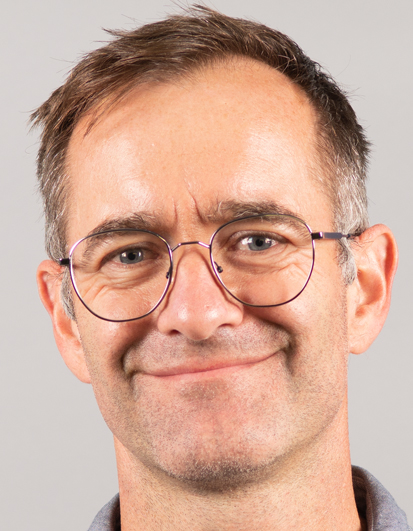
Christian Minnig ist im Bundesamt für Energie zuständig für Geothermie. Bild: BFE
Die Entwicklung der Geothermie hängt weniger von revolutionären technologischen Durchbrüchen ab, sondern vielmehr von der konsequenten Anwendung bewährter Technologien zum richtigen Zeitpunkt. Entscheidend ist, dass kompetente Entscheidungsträger die besten verfügbaren Lösungen einsetzen. Innovation bleibt aber wichtig, insbesondere um die Wirtschaftlichkeit zu steigern und die Abhängigkeit von staatlicher Unterstützung zu verringern.
Wie wichtig sind neue Bohrtechnologien für die Wirtschaftlichkeit und Sicherheit von tiefen Geothermieprojekten?
Neue Bohrtechnologien können die Wirtschaftlichkeit von Projekten deutlich verbessern, indem sie Kosten senken und Prozesse effizienter machen. Die Wirtschaftlichkeit und die Sicherheit von Geothermie-Projekten sind aber in erster Linie von erfahrenen Fachleuten, von einer professionellen Projektorganisation und von effizienten Vollzugsbehörden abhängig. Technologie ist ein Werkzeug – der Erfolg hängt vom kompetenten Umgang damit ab.
Welches Potenzial hat die tiefe Geothermie für die Schweizer Energieversorgung im Rahmen der Energieperspektiven 2050+?
In den Energieperspektiven 2050+ wurde das Potenzial der tiefen Geothermie mit rund 2 TWh beziffert. Eine Aktualisierung der Energieperspektiven läuft derzeit. Klar ist: Die Geothermie bleibt ein relevanter Baustein für die Energiezukunft.
Könnte die tiefe Geothermie eines Tages einen bedeutenden Anteil an der Stromproduktion in der Schweiz übernehmen?
Das hängt mittelfristig stark vom Erfolg des technologischen Verfahrens der Enhanced Geothermal Systems (EGS) in den USA und deren Übertragbarkeit auf die Schweiz ab. Bei diesem Verfahren wird durch künstlich erzeugte Risse in heissem, wasserarmen Tiefengestein Wasser zirkuliert, um Wärmenergie für die Strom- und Wärmeerzeugung nutzbar zu machen. In der Schweiz spielt dabei das Projekt in Haute-Sorne eine Schlüsselrolle: Wenn das Projekt gelingt und einen glaubwürdigen Kostensenkungspfad aufzeigt, könnte die tiefe Geothermie mittelfristig einen wichtigen Beitrag für die Energiezukunft leisten. Eine Skalierung würde hauptsächlich im Untergrund erfolgen und hätte kaum Auswirkungen auf das Landschaftsbild – ein klarer Vorteil.
Langfristig könnten auch andere neuartige Konzepte wie beispielsweise das Verfahren der Closed Loop Geothermal Systems (CLGS) zu einem Durchbruch führen. Bei dem Verfahren handelt es sich um eine Anlage, bei der ein Wärmeträgermedium in einem geschlossenen Rohrkreislauf zirkuliert und durch Wärmeleitung aus dem umgebenden Untergrund erhitzt wird, ohne direkten Kontakt zu den Gesteinsschichten. Ob die Technologie tatsächlich zu einem Durchbruch führen wird, ist momentan aber noch etwas spekulativ. Immerhin wurde pünktlich zum Barbaratag am 4. Dezember die Meldung publiziert, dass in Deutschland erstmals mittels dieser Technologie Strom ins Netz eingespeist wurde. Die heilige Barbara ist u.a. die Schutzpatronin der Bohrmeister und Geologen. Wenn das mal kein gutes Zeichen ist?
Was sind die grössten Hürden für den Ausbau der tiefen Geothermie in der Schweiz?
Da noch wenig Erfahrung mit der Realisierung und der Regulierung solcher Projekte vorhanden sind, sind die organisatorischen und regulatorischen Risiken beträchtlich. Gross ist bei den meisten Projekten auch das Fündigkeitsrisiko. Damit wird die Unsicherheit bezeichnet, ob geothermische Bohrungen ein Reservoir in ausreichender Menge und Qualität erschliessen, um wirtschaftlich nutzbar zu sein. Diese Faktoren müssen adressiert werden, um den Ausbau voranzubringen.
Welche Rolle spielt die Akzeptanz in der Bevölkerung für den Erfolg von tiefen Geothermieprojekten?
Die Akzeptanz ist entscheidend. In der Schweiz gibt es wenig Erfahrung mit Tiefbohrprojekten, was bei unzureichender Information schnell zu Ängsten und Widerstand führen kann. Selbst technisch exzellente Projekte können daran scheitern. Deshalb müssen Projekte und Vollzugsbehörden die fachliche Kompetenz haben und diese auch vermitteln können, um die Bevölkerung zu überzeugen, dass allfällige Risiken beherrscht werden.
Welche Massnahmen sind nötig, damit die tiefe Geothermie in der Schweiz zum Durchbruch kommt?
Die Geothermie ist grundsätzlich attraktiv – die Herausforderung liegt vor allem in den Rahmenbedingungen. Massnahmen sollten Genehmigungsverfahren vereinfachen und harmonisieren, Rechts- und Investitionssicherheit schaffen, sowie die fachtechnische Kompetenz und Qualität sowohl bei der Umsetzung als auch im regulatorischen Vollzug erhöhen. So entsteht ein Umfeld, in dem Projekte planbar und Risiken kalkulierbar werden.
Das Ziel ist klar: Die Geothermie ist bereits heute ein wichtiger Eckpfeiler der Wärmeversorgung, es soll aber ihr ganzes Potenzial genutzt werden. Auch für die Stromversorgung weist ihr die Energiestrategie 2050 eine wichtige Rolle zu. Unter unseren Füssen liegt eine Energiequelle, die niemals versiegt. Unsere Kultur, Vergangenheit, Gegenwart und Zukunft sind mit ihr verbunden, von den römischen Thermen in Baden zu den modernen Geothermie-Wärmepumpen bis hin zu den innovativen Anwendungen zur Stromproduktion wie in Haute-Sorne.
Dieser Blogbeitrag über die Geothermie ist der Kick-off für eine Blogreihe über die Geschichte der erneuerbaren Energien mit dem Fokus auf die Schweiz. Mehr zur Geschichte der erneuerbaren Energien erfahren Sie in den kommenden Beiträgen zu Wasserkraft, Windenergie und Photovoltaik.
Mattia Pesolillo, Hochschulpraktikant Kommunikation, Bundesamt für Energie (BFE)
Bild: keystone-sda; Peter Klaunzer, 612764787




 4 Vote(s), Durchschnitt: 5,00
4 Vote(s), Durchschnitt: 5,00Bundesrat hat Ausbauziele für PV und Wind bis 2030 definiert
Alle fünf Jahre muss der Bundesrat Zwischenziele für den Ausbau der Stromproduktion aus erneuerbaren Energien definieren. So sieht es das Bundesgesetz für eine sichere Stromversorgung mit erneuerbaren Energien vor. Mit der Anpassung der entsprechenden Verordnung per 1. Januar 2026 hat der Bundesrat nun erstmals Ziele für das Jahr 2030 beschlossen. Hier geht’s zur Medienmitteilung des Bundesrats. Weiterlesen




 1 Vote(s), Durchschnitt: 5,00
1 Vote(s), Durchschnitt: 5,00Neue interaktive Plattform im Architektur-Bereich: Für mehr Nachhaltigkeit in Lehre und Praxis
Die Bauwirtschaft hat einen massgeblichen Anteil am Schweizer Ressourcen- und Energieverbrauch sowie an den Treibhausgasemissionen. Will die Schweiz bis 2050 das Netto-Null-Ziel erreichen, muss die Bauwirtschaft ihre Prozesse, Materialien und Technologien konsequent auf Kreislaufwirtschaft, Energieeffizienz und klimafreundliche Lösungen ausrichten. Wie plant und baut man so, dass möglichst wenig Ressourcen und Energie verbraucht und Treibhausgase ausgestossen werden? Weiterlesen




 Noch keine Bewertungen
Noch keine BewertungenEntsorgung radioaktive Abfälle: Internationaler Wissensaustausch und Besuch des Kernkraftwerks Fukushima Daiichi
Vom 7. bis 10. Oktober 2025 fand in Yokohama, Japan, das internationale “Symposium on Information, Data and Knowledge Management for Radioactive Waste: Challenges Across All Timescales” statt. Gastgeberin war die japanische Nuclear Waste Management Organization (NUMO). Das Bundesamt für Energie (BFE) wirkte im Programmkomitee mit und war auch bei Planung und Durchführung eingebunden. Weiterlesen




 1 Vote(s), Durchschnitt: 5,00
1 Vote(s), Durchschnitt: 5,00Die Energiezukunft mitgestalten – an der Energy Week @ ETH 2025
Der Umbau des Energiesystems in der Schweiz ist nicht nur eine technologische Herausforderung, sondern eine gesamtgesellschaftliche Aufgabe. Vom 10. bis 14. November machen Vorträge, interaktive Formate und eine Ausstellung in der Haupthalle der ETH Zürich deutlich, wie jede und jeder zur Lösung beitragen kann. Jetzt noch anmelden bis zum 7. November. Weiterlesen




 Noch keine Bewertungen
Noch keine BewertungenStaub, Lärm und Abgase von Baumaschinen mit Dieselmotor: Das sind typische Begleiterscheinungen von Baustellen. Pilot-Baustellen in den Städten Basel, Zürich und Luzern sollen zeigen, dass es ruhiger und mit weniger CO2-Emissionen geht. Eingesetzt werden dabei unter anderem batterieelektrische Bagger. Die Entwicklung dieser E-Bagger hat das Bundesamt für Energie (BFE) im Rahmen des Pilot- und Demonstrationsprogramms unterstützt. Weiterlesen




 2 Vote(s), Durchschnitt: 5,00
2 Vote(s), Durchschnitt: 5,00Geothermie hat ein grosses Potenzial, doch Bohrungen sind teuer. Deshalb wird intensiv an günstigen Bohrtechnologien geforscht. Eine davon ist die Stahlkugel-Bohrtechnik (‚Directional Steel Shot Drilling’/DSSD). Ein Forscherteam der ETH Zürich hat die neue, noch in Entwicklung befindliche Technologie gemeinsam mit internationalen Partnern untersucht und das Potenzial für die Schweiz evaluiert. Weiterlesen




 Noch keine Bewertungen
Noch keine BewertungenChancen nutzen, Risiken mindern: KI im Energiesektor
Künstliche Intelligenz ist überall. Auch im Energiesektor wird KI zunehmend eingesetzt. Das zeigt eine Umfrage bei 110 Energieversorgungsunternehmen in der Schweiz. Was heisst das für die Versorgungssicherheit? Eine Studie im Auftrag des Bundesamts für Energie (BFE) zeigt: KI bietet Chancen aber auch Risiken. Weiterlesen




 1 Vote(s), Durchschnitt: 5,00
1 Vote(s), Durchschnitt: 5,00Kontakt
Bundesamt für Energie
Pulverstrasse 13
3063 Ittigen
Postadresse:
Bundesamt für Energie
3003 Bern
Telefonnummern:
Hauszentrale +41 58 462 56 11
Pressestelle +41 58 460 81 52
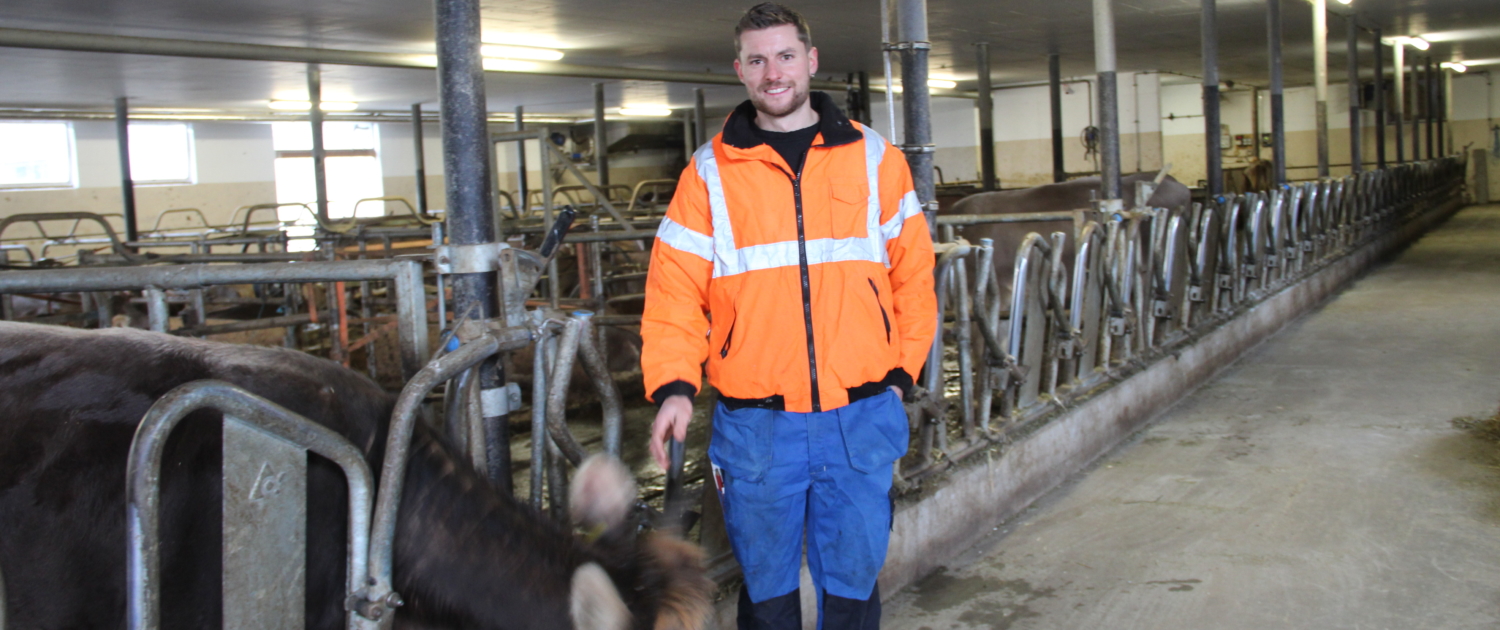 BFE - Brigitte Mader
BFE - Brigitte Mader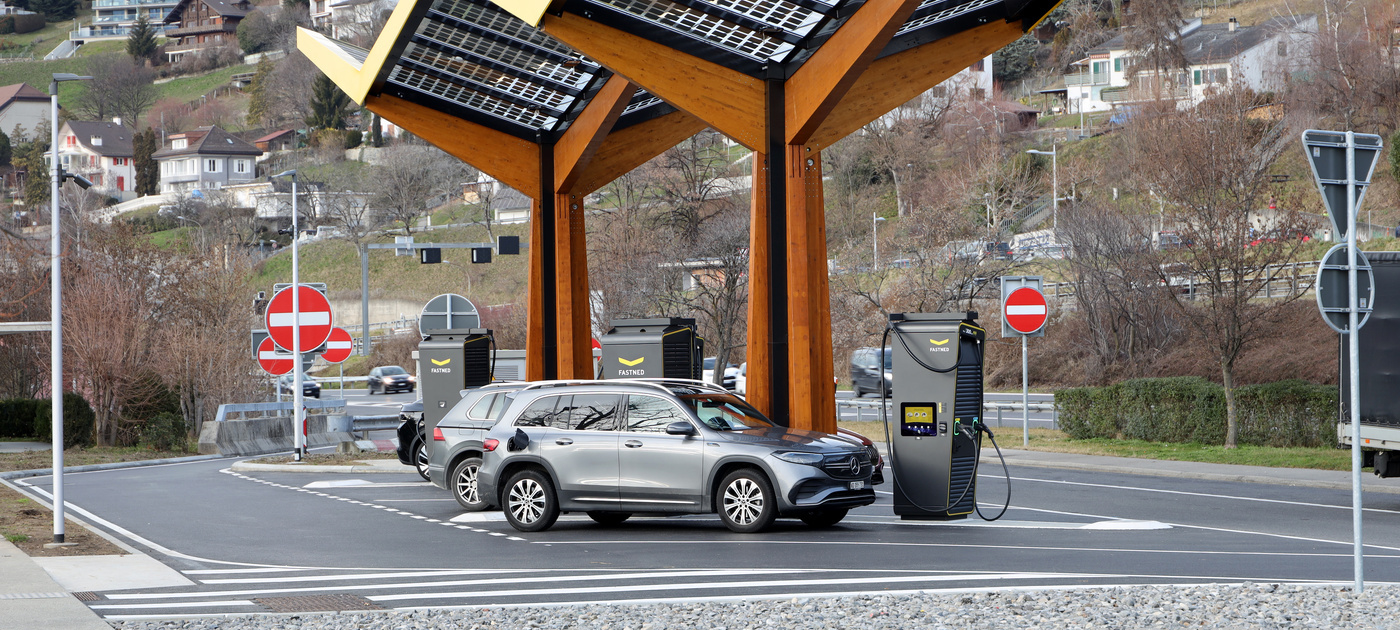 Keystone
Keystone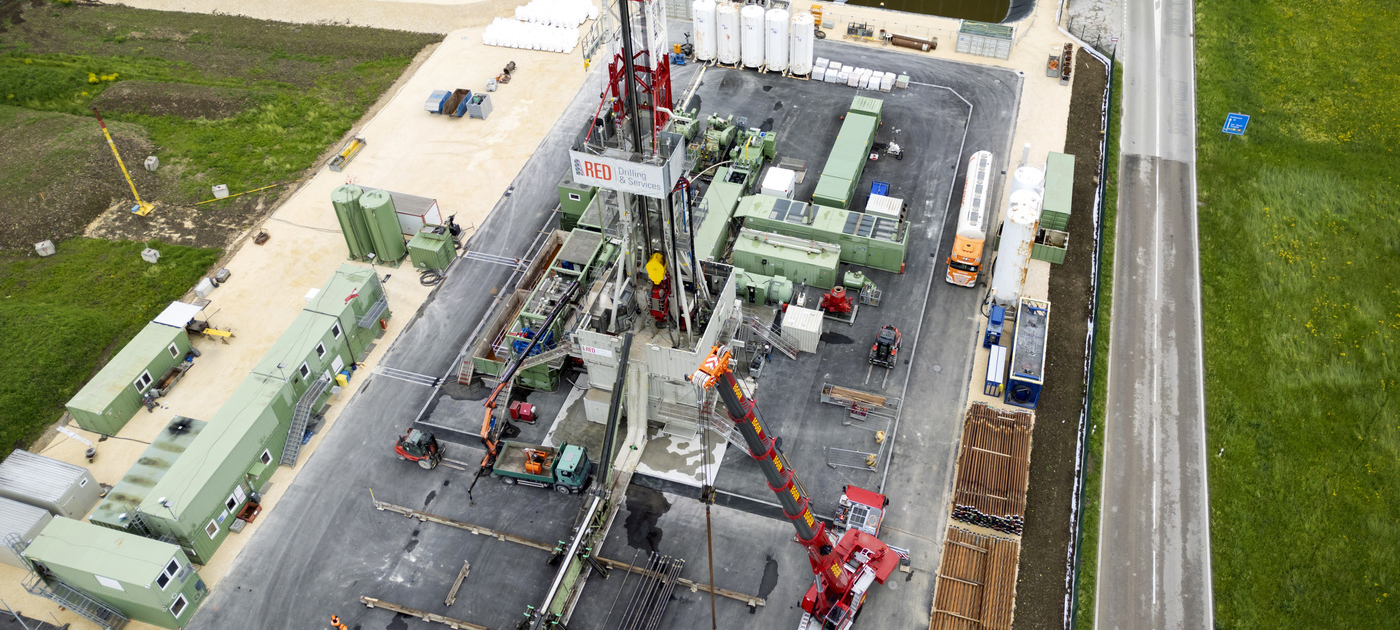
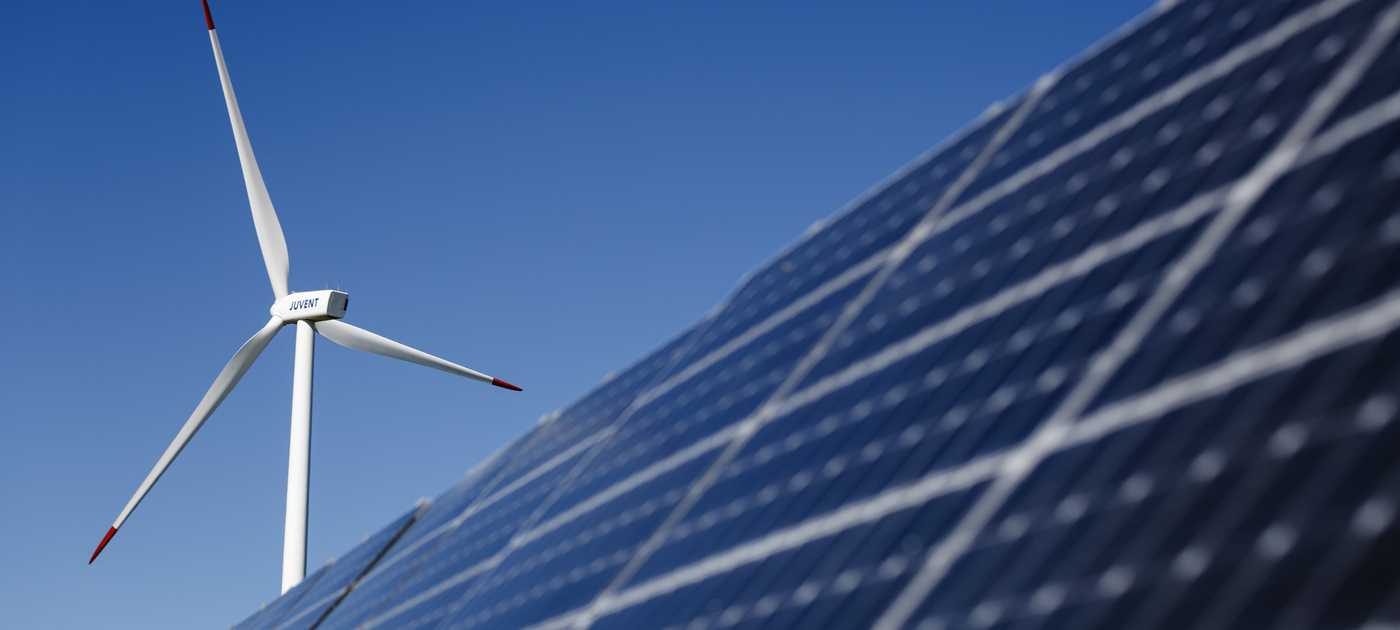 keystone-sda
keystone-sda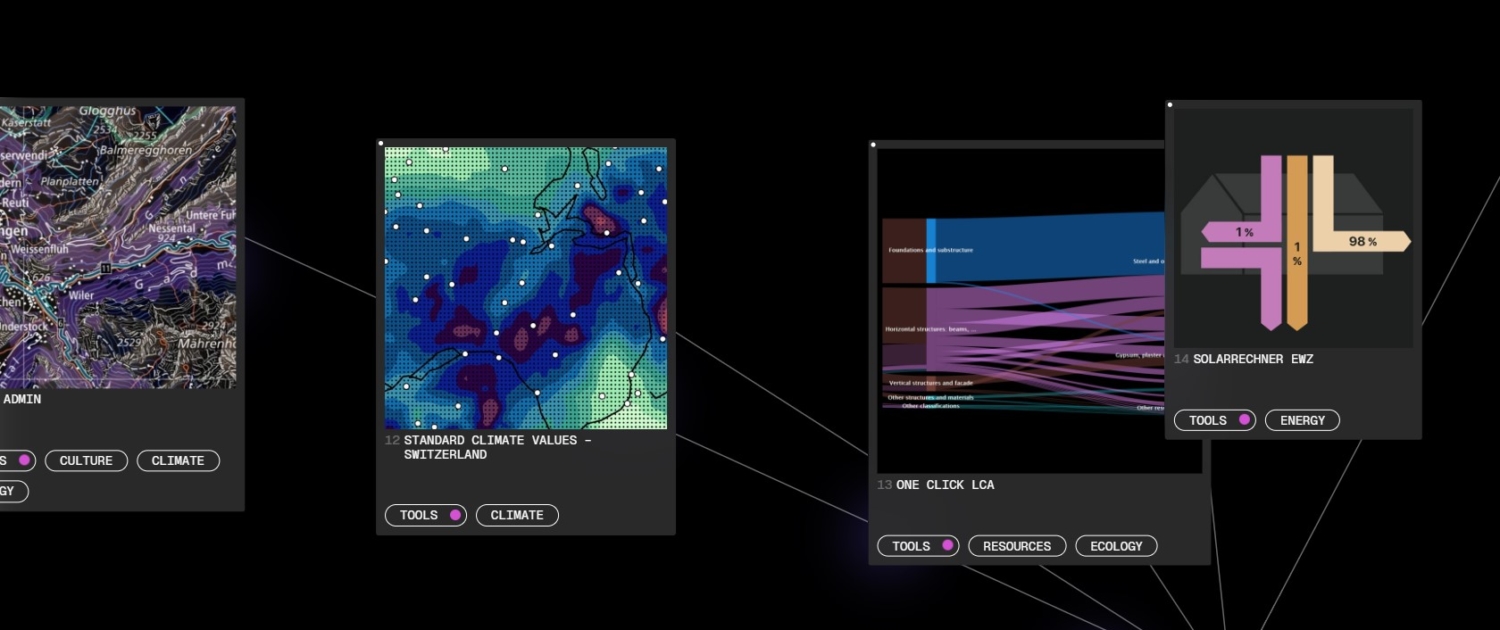 Screenshot IDA
Screenshot IDA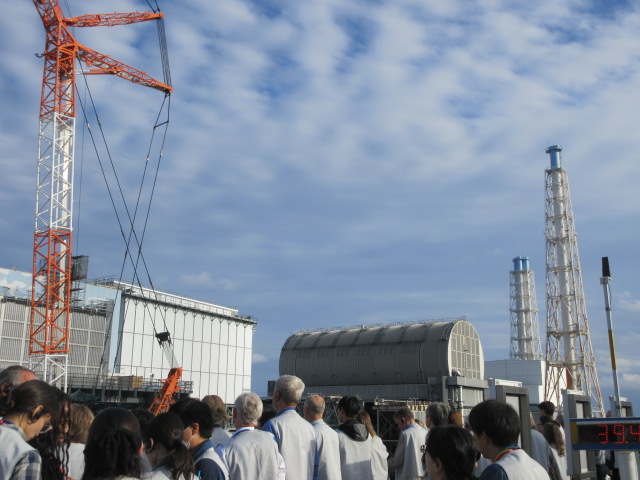 Quelle: Tokyo Electric Power Company Holdings, Inc
Quelle: Tokyo Electric Power Company Holdings, Inc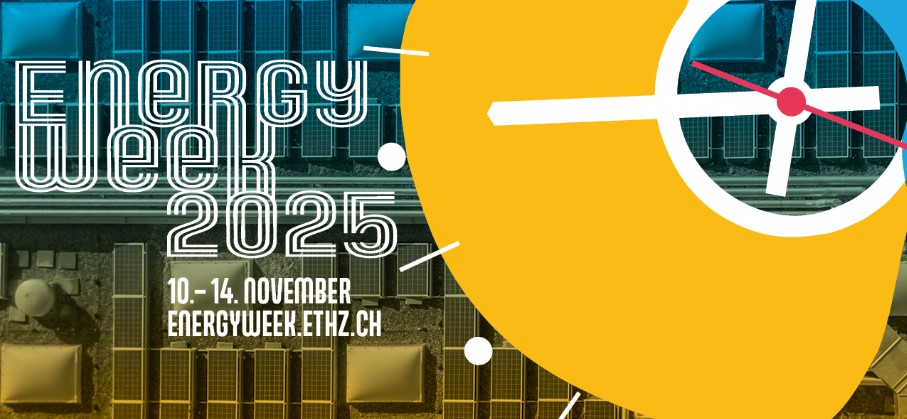 Screenshot
Screenshot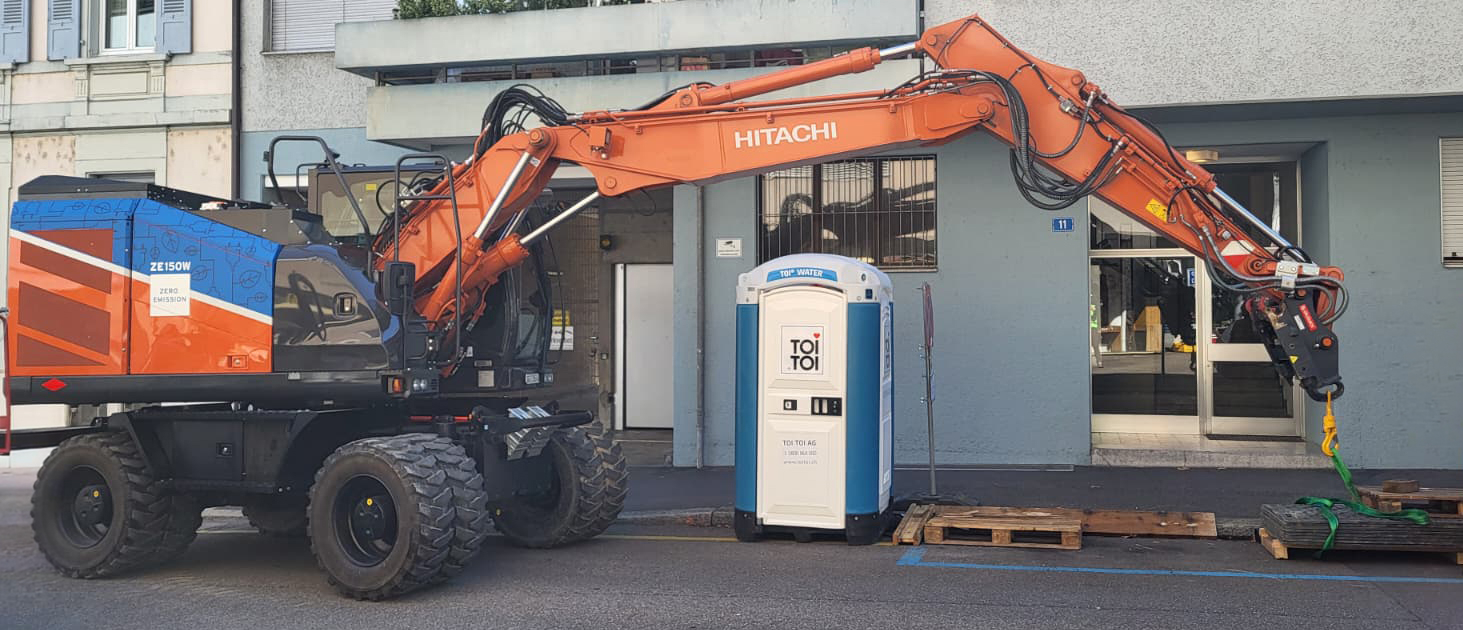 SUNCAR
SUNCAR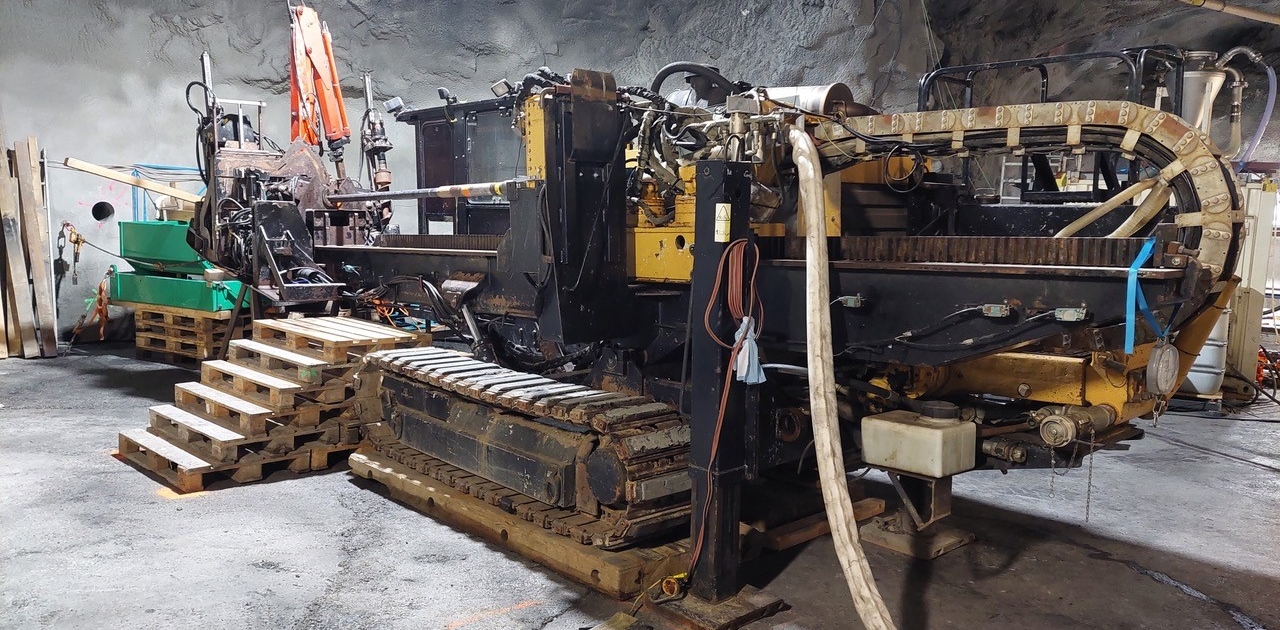 ETH Zürich
ETH Zürich Shutterstock
Shutterstock